Turning used plastic into completely new one - is it possible? (14 photos)
The dominance of plastic waste is one of the most serious problems facing our planet today. Currently, more than 350 million metric tons of plastic waste are produced per year, and unless drastic measures are taken, this figure will triple by 2060. 
However, there is hope that advanced recycling technologies may provide a long-awaited solution to this problem. They convert used solid plastic into gaseous or liquid raw materials, which are then processed into brand new plastic for use in virtually any plastic product or packaging.
Advanced technology allows plastic waste to be recycled again and again 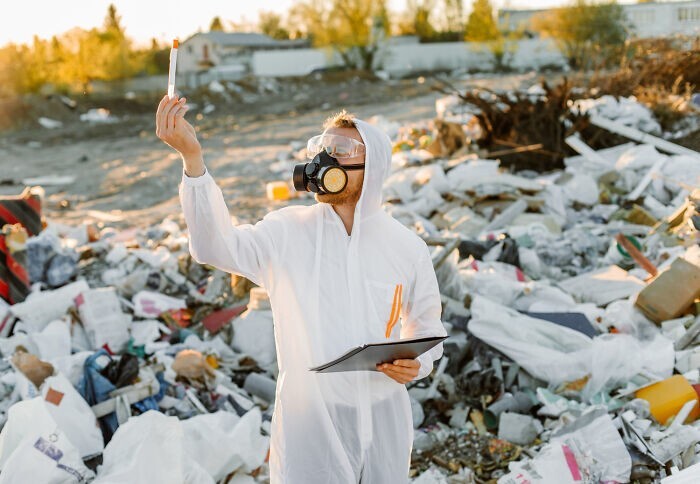
Since the 1950s, humans have produced more than 10 billion tons of plastic, and more than 8 billion tons of it has become waste. Unfortunately, only less than 10 percent of the plastic we use is recycled, and there are an estimated 100 million tons of plastic in oceans around the world, sometimes becoming huge floating plastic islands like the Great Pacific Garbage Patch.
“We all knew that from 1950 to now there has been a rapid and extreme increase in plastic production, but to actually quantify the total volume of all plastic ever produced is simply shocking,” says Jenna Jambeck, an environmental engineer at the University of Georgia. which studies plastic waste in the oceans. 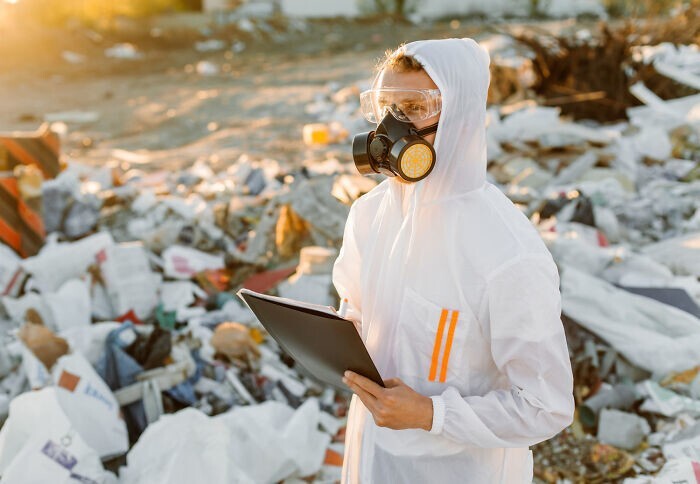
Plastic takes more than 400 years to decompose, and most of it still exists in one form or another. Therefore, a quick solution to the problem is needed, and advanced recycling (AR) can be one of them.
It can benefit the environment far more than any other recycling technology because it works chemically rather than mechanically. If, for example, mechanically processed waste loses its quality with each cycle until it is no longer suitable for anything, then plastic produced using PP can be recycled endlessly without loss of quality and characteristics.
“Plastic can return to its original state over and over again,” says Bill Cooper, who works for Cyclyx International, a plastics recycling technology company in Portsmouth, New Hampshire.
The most modern of PP technologies is called pyrolysis 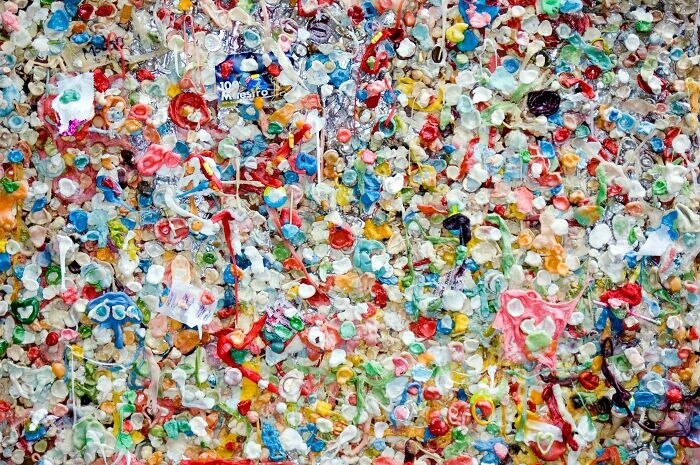
One advanced recycling method is called pyrolysis. It involves the use of heat up to 500°C in the absence of oxygen to break down plastics into their constituent parts. Typically the end products of this method are oils, diesel fuel, naphtha, waxes and monomers, as well as "syngas", which is a mixture of carbon monoxide and hydrogen, which can be converted back into a variety of useful chemicals.
Another method, longer and more energy-intensive than pyrolysis, is plasma gasification. However, its advantage is that it is more scalable. According to the German environmental innovation institute nova-Institute, a large pyrolysis plant produces about 40,000 tons per year, while gasification plants can produce five times more. 
“The world has changed a lot, and today PP is creating raw materials to make new plastics,” explains Joshua Baca of the American Chemistry Council (ACC). According to the nova-Institute, it's not just plastic, but also "secondary high-value chemicals" that are used instead of primary chemicals extracted from crude oil.
Europe is now considered a world leader in advanced waste recycling. There are more than 100 advanced recycling technologies operating or being developed in 27 EU countries, as well as the UK, Switzerland and Norway.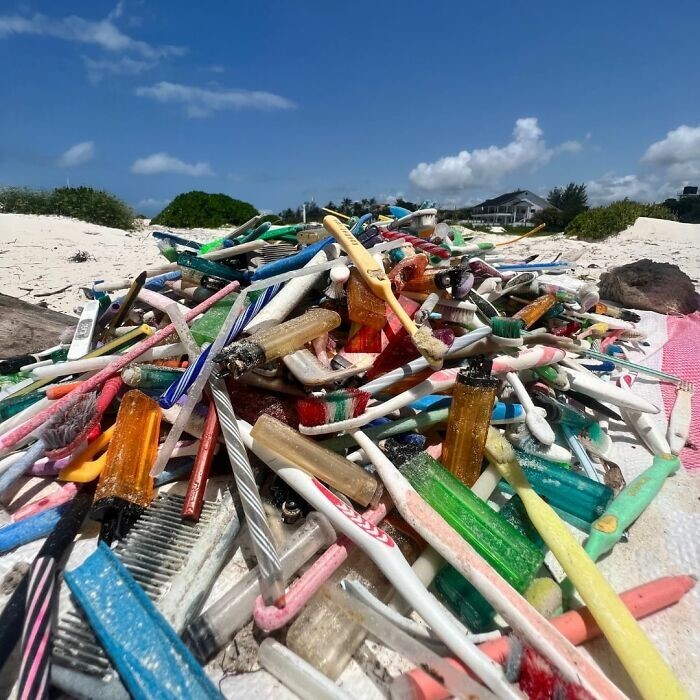
PP can be a solution, but it still consumes energy and, unlike mechanical recycling, can create toxic waste, so it attracts a lot of criticism from people.
“The public is upset,” said Kate Bailey of recycling company Eco-Cycle in Boulder, Colorado. “People don’t trust what’s happening with recycling, especially plastic, and no longer believe in the mantra of ‘plastic can be recycled, just collect it and we’ll sort it’.”
Advanced recycling technologies are developing at a rapid pace, promising a brighter future for our polluted world. 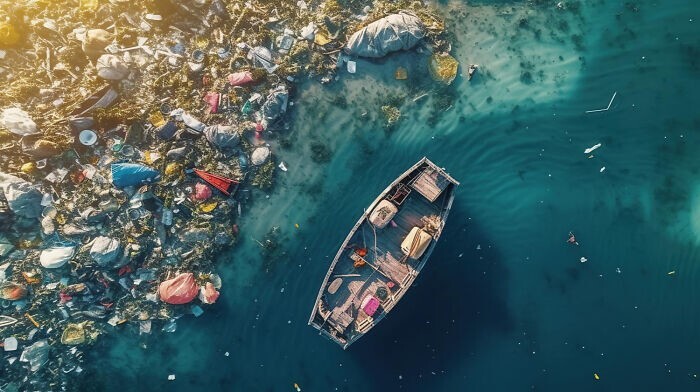
However, Joshua Baca still sees PP as a promising solution for a better future: “Plastic has played a critical role in the creation of modern life. And thanks to PP we can continue to live a modern life. If it realizes its potential, 90% of what is not recycled today could be recycled back into plastics production.” 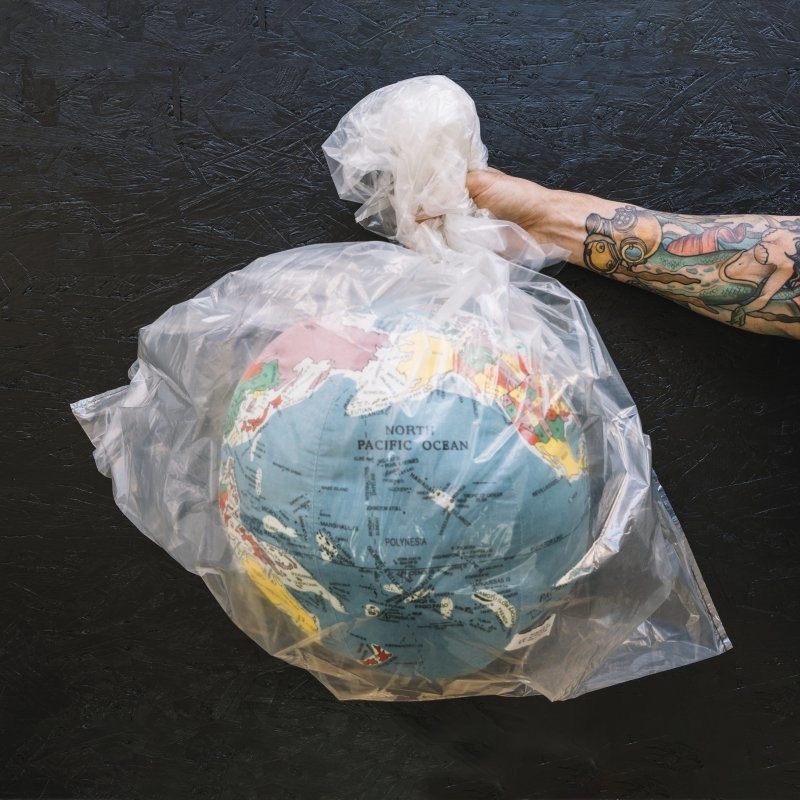
As scientists around the world work to create a circular economy for plastic waste, artists challenge us to rethink our relationship with it.
One of them is Arthur Bordalo, better known as Bordalo II. The Portuguese street artist, who likes to call himself an artivist, usually works with large installations and murals made from plastic waste. His work sends an urgent message about our destructive and materialistic society, which endangers all the wildlife around us. Since 2012, the artist has created nearly 200 animal sculptures using more than 60 tons of waste.
“One man's trash is another man's treasure. I create, recreate, collect and develop ideas from end-of-life materials, trying to connect them with sustainability, environmental and social consciousness,” Bordalo says on his website. 88 works on 3 continents and 18 countries, such as Azerbaijan, UK, Germany, Brazil, Norway, USA, Switzerland, Italy or Portugal, disseminate information about waste production, unused materials, environmental pollution and their impact on our planet.
Humans produce more than 350 million metric tons of plastic waste per year, making plastic today's most dangerous predator. 

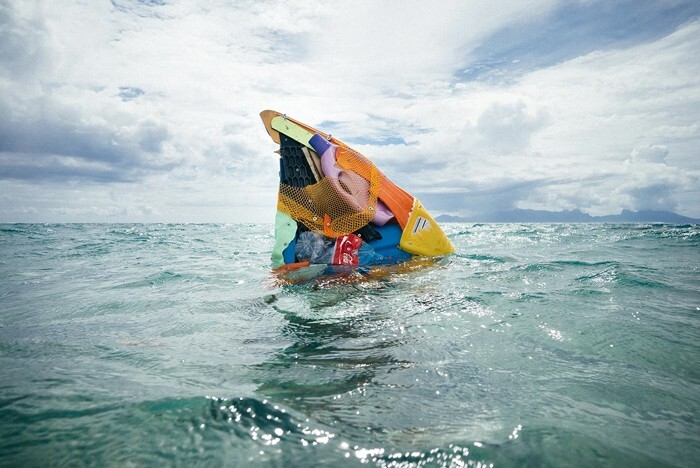
Another great artistic example is the company Ocean Sole, which, as they say, turns pollution into works of art from flip-flops. This social enterprise, which recycles flip-flops found on beaches and in waterways, is raising awareness of plastic waste around the world.
Ocean Sole cares about the community - the company provides a stable income to almost 100 Kenyans in a country where unemployment is more than 40%. The company aims to recycle one million flip-flops per year and more than one tonne of polystyrene foam per month.
“Not only is the ocean home to most living things on Earth, but it is also responsible for approximately 70% of the oxygen we breathe, absorbs carbon dioxide, regulates climate and much more. Despite this, millions of tons of plastic waste end up in the ocean every year. At Ocean Sole, we transform discarded flip-flops into art by visually highlighting this important issue. In turn, jobs are created and our planet becomes cleaner!” — the company shares on its social networks.
If PP realizes its potential, 90% of what is not recycled today could be used to make plastics 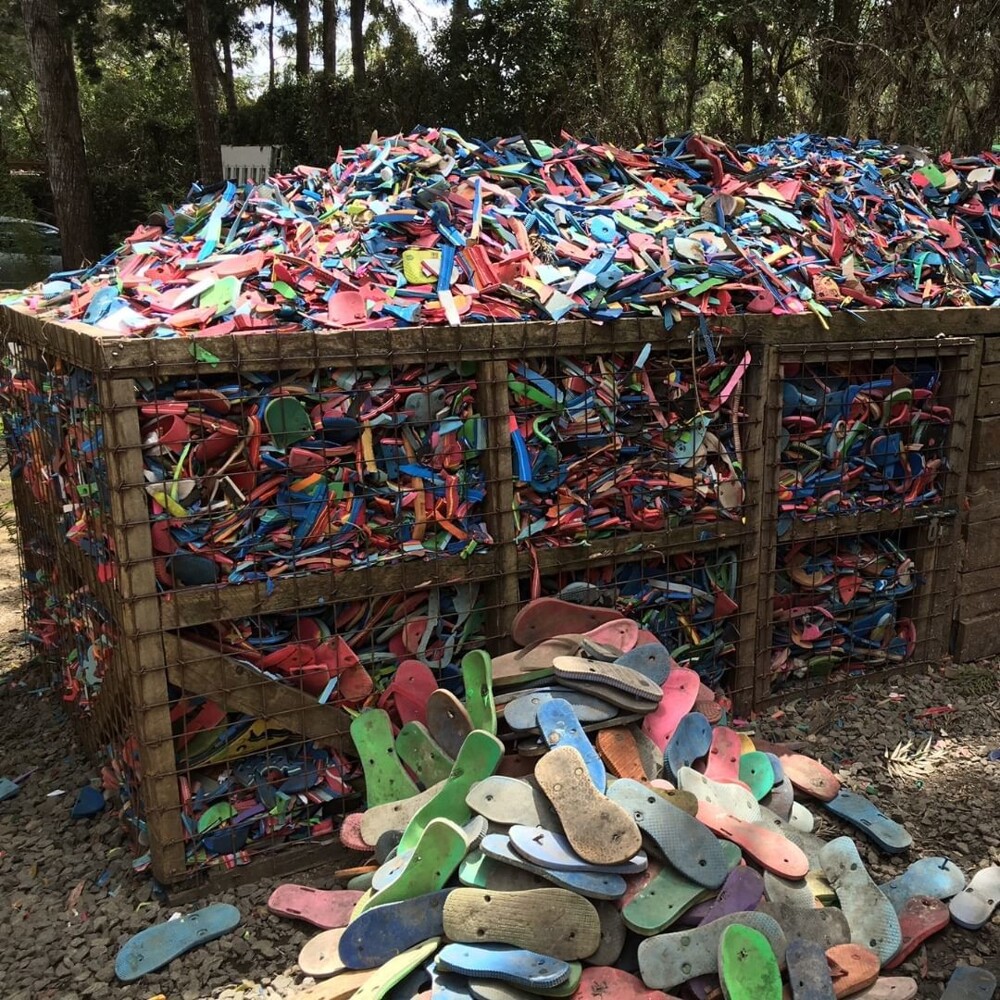


The production and development of thousands of new plastic products accelerated after World War II and has not stopped since. The numbers are truly shocking and terrifying: from 2.3 million tons in 1950 to 448 million tons in 2015, with production expected to double by 2050.
Apart from the positive aspects of plastic, which has revolutionized medicine by creating life-saving devices, made space travel possible, made cars and planes lighter, thus saving fuel and environmental pollution, there is no doubt that plastic pollution has become one of the most pressing environmental problems on our planet. .
PP may not be the ideal solution, but at least it will eliminate the need to produce new plastics. And this is already a serious step towards creating a circular economy and combating climate change.






















